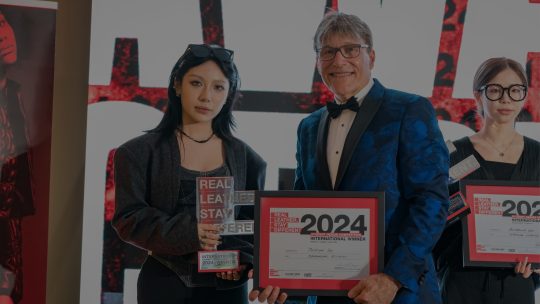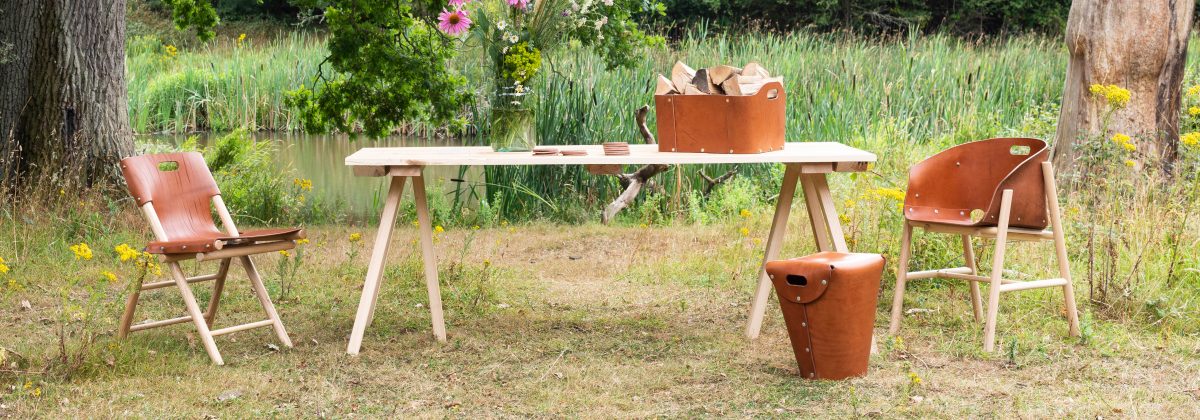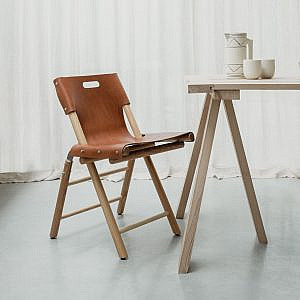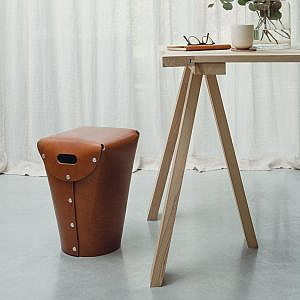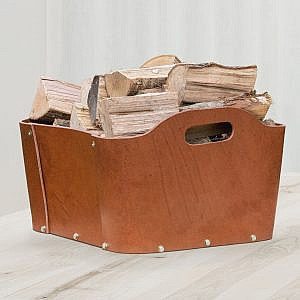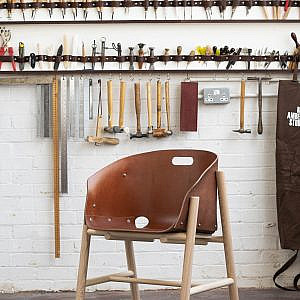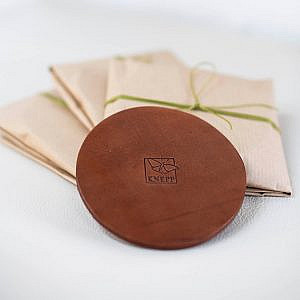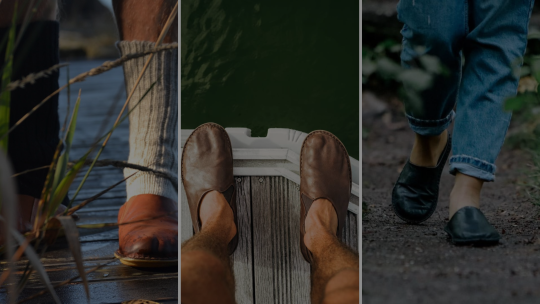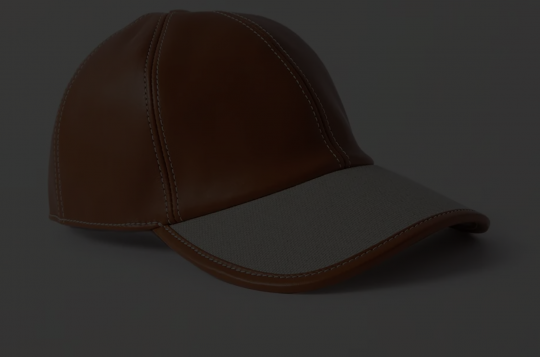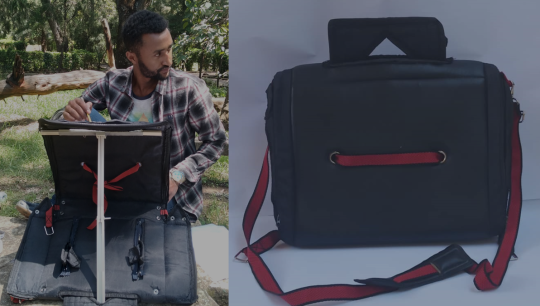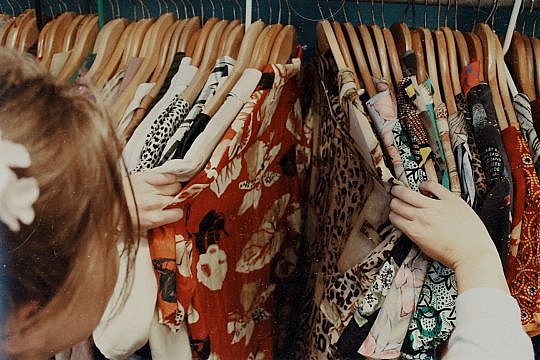Rather than walk, you can now recline on the wild side with Bill Amberg Studio’s latest collaboration with the Knepp Estate. The luxury leather designer has created a furniture collection that is both wild and natural, using sustainably sourced leather from the longhorn cattle that freely roam the West Sussex estate and wood from ash dieback clearance. The materials come from an ambitious rewilding project by estate owners Charlie Burrell and Isabella Tree, who aim to establish ‘a biodiverse wilderness area in the Low Weald of Sussex’ – inspired by a Dutch ecologist and his pioneering theory on grazing ecology.
New beginnings
It is hard to imagine that a few decades ago, Burrell had decided to hang up his farming boots. For 17 years after inheriting the 3,500-acre estate from his grandparents, he strove to make the dairy and arable operation an economic success but struggled to keep up with the competition. The stumbling block was the heavy Weald clay, which resembled porridge in the winter and was like concrete in the summer, prone to cracking in the heat. However, as Knepp ecologist Penny Green says, “What was bad for farming is fantastic for wildlife.” And as one barn door closed, another opened.
Back to nature
The turning point came when Burrell read Dr. Frans Vera’s book Grazing Ecology & Forest History. He and his wife Isabella were inspired to visit Vera’s Oostvaardersplassen project in the Netherlands, which opened their eyes to a new, more natural way of farming. This involved allowing herbivores to roam freely across the landscape and letting nature run its course. By trampling the undergrowth, rubbing themselves on trees, and wading in water margins, the thinking was that the animals would carry seeds and nutrients across the estate while their waste would restore the soil – helping bring the natural habitat back to life.
And for the Knepp Estate, that is exactly what happened. Since its rewilding project began in 2001, scrubland and wild hedgerows have re-emerged, new saplings have sprung up, and the soil has doubled in soil organic carbon. The result is a landscape teeming with wildlife – from critically endangered nightingales and turtle doves to rare species of butterflies and small mammals like water shrew.
As Isabella Tree, co-owner of the rewilding project explains, “What we’ve learned from rewilding Knepp is that plants need animals just as much as animals need plants. Large herbivores such as cattle can kickstart natural processes, creating habitats and generating dynamism in the land again. This is like rocket fuel for biodiversity.”
Back to business
And what has been good for the environment and biodiversity has also been good for business. The estate is now a must-visit destination for holidays, weddings, and wildlife safaris. The animals also play a starring role, producing a range of wild meat and, in the case of the Amberg/ Knepp collaboration, superior quality leather that the designer says has been a joy to use.
“The cattle from the rewilding project eat from a wide range of plants in the landscape and self-medicate, so they stay in excellent health,” says Amberg. “They are culled at a greater age than in industrial farmed systems, so the quality and character of the skins are extraordinary.”
Sustainably Produced
In keeping with the estate ethos, the Knepp Collection is produced sustainably by using every possible part of the hide and keeping waste and energy use to a minimum. The skins are vegetable-tanned with bark from the estate to protect their integrity and the leather is finished with a simple wax that allows it to develop a natural patina over time. Any marks in the leather, which are included in the cutting to minimize waste, can also shine through.
The result is a collection where no two pieces are the same, including chairs, a stool, a log basket, and matching coasters, all of which will be sold via the Bill Amberg website and used in Knepp’s new café-restaurant due to open in Spring 2023.
It seems only fitting that an estate that puts nature first should choose leather – a natural, organic material. And as we already know from pioneers of regenerative leather, quality in means quality out, with happy, healthy animals producing the most characterful leather.
Find out more about The Knepp rewilding project: Knepp Wildland: Rewilding and Invertebrates – Penny Green – YouTube
